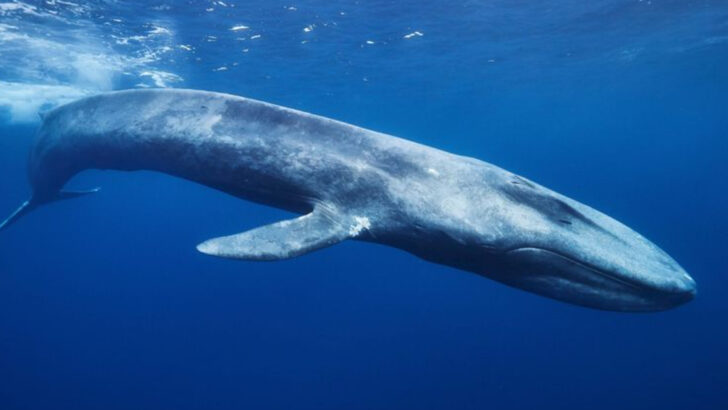The largest blue whale ever recorded wasn’t just big—it was a living, breathing giant.
At an astonishing 110 feet long, this oceanic behemoth was longer than a Boeing 737 and could have swallowed a school bus whole (if it ate anything bigger than krill). Yet, for all its size, it moved with a grace that defied its bulk, gliding through the ocean like a ghost from another time.
Blue whales are already the largest creatures to ever exist on Earth, but this particular one shattered records. Scientists were left awestruck, and the world got a rare glimpse into the true extremes of nature’s design.
Get ready for 13 mind-blowing facts about this real-life leviathan—because when it comes to blue whales, truth is stranger (and far more impressive) than fiction.
Giant Heart
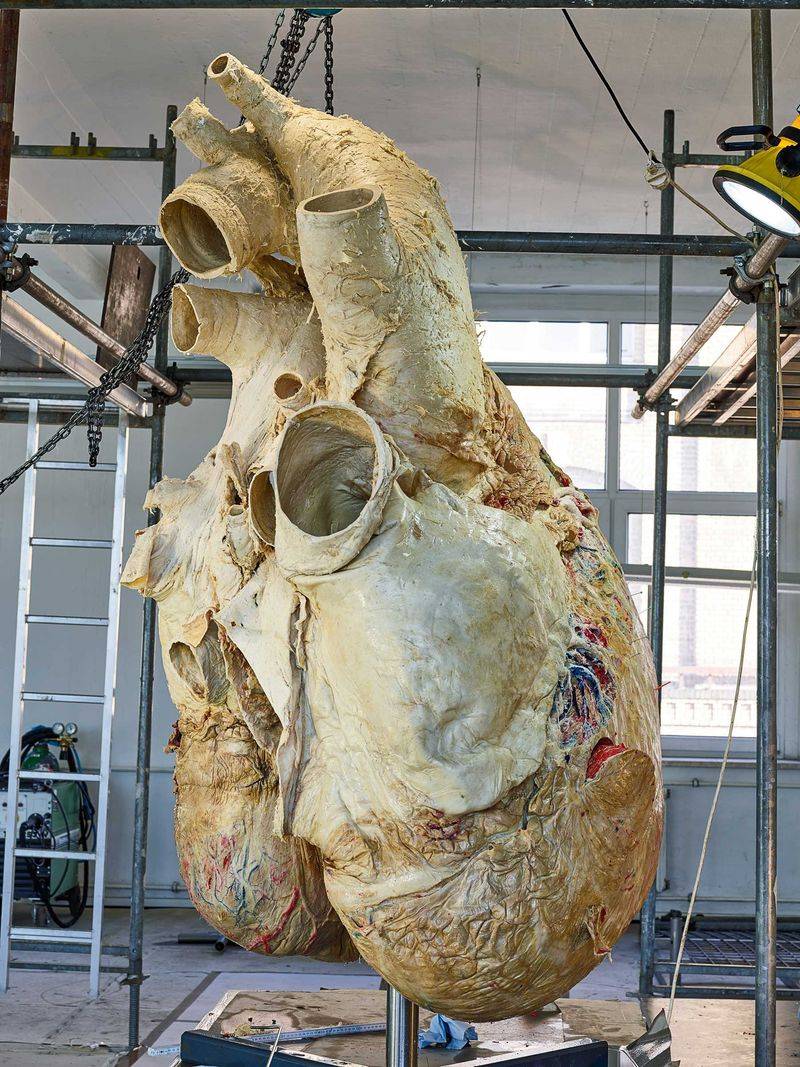
The heart of the largest blue whale ever recorded was as big as a small car. This colossal organ weighed nearly 400 pounds and was responsible for pumping massive volumes of blood throughout the whale’s enormous body. Imagine the sheer power and size needed to sustain such a giant creature. The heart’s beat could be heard from over two miles away underwater. This incredible fact highlights the biological marvels of these oceanic giants, setting them apart as one of nature’s most magnificent creations. A testament to the blue whale’s unparalleled size and strength.
Enormous Tongue
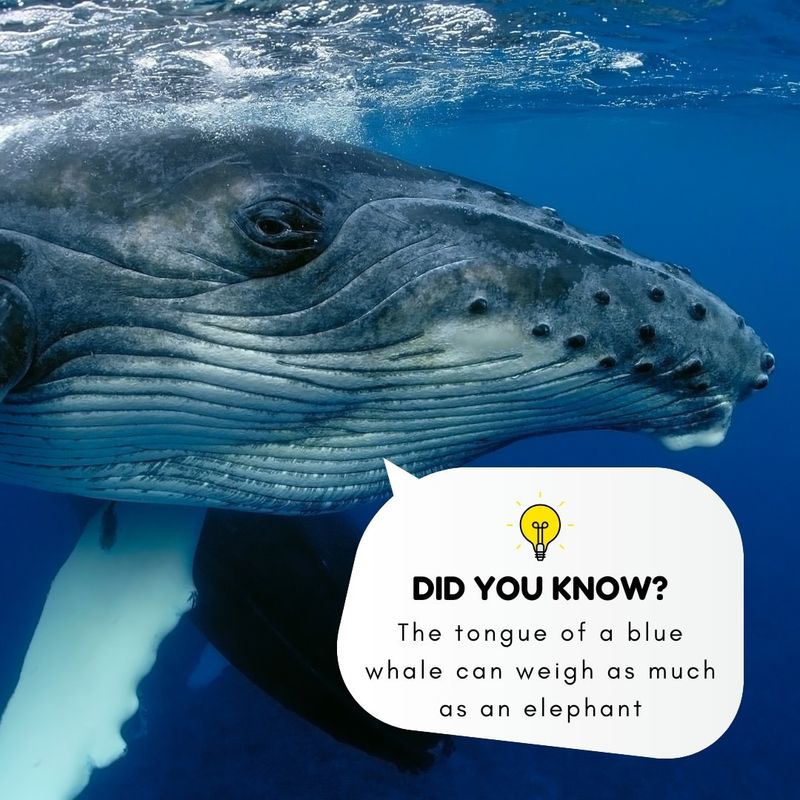
The tongue of this gigantic blue whale could weigh as much as an elephant. With such immense size, it was capable of holding up to 50 people standing on it. This massive tongue played a crucial role in the whale’s feeding process, allowing it to engulf vast amounts of water and krill. The tongue’s surface was also highly sensitive, aiding the whale in sensing its food. Understanding the function and scale of the blue whale’s tongue offers insight into the unique adaptations of this marine behemoth. A wonder of evolutionary design.
Record-Breaking Size
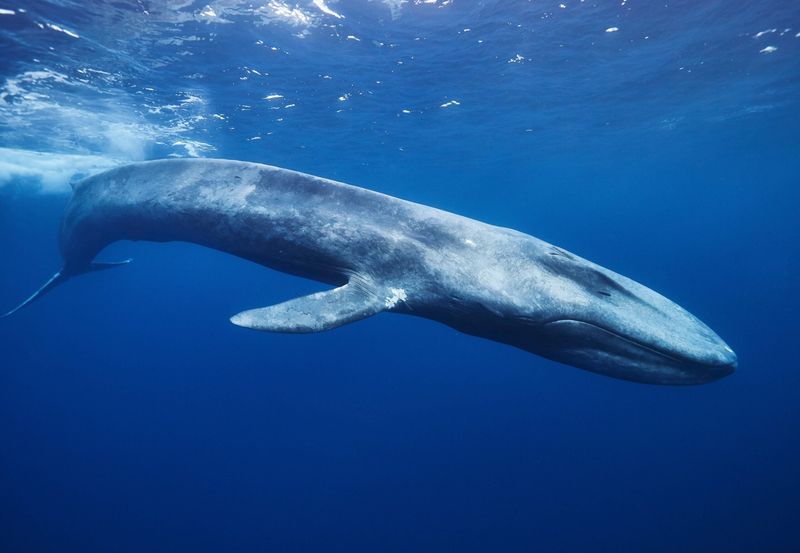
Measuring a staggering 110 feet, this blue whale was longer than a standard football field. Such immense size is rare even among blue whales, which are already the largest animals to have ever lived on Earth. This record-breaking length allowed the whale to glide effortlessly through the ocean’s vast expanses. Despite its size, the whale moved with surprising grace and speed, a testament to its evolutionary perfection. Understanding the scale of this creature provides a new perspective on the wonders of marine life and the vastness of our oceans.
Krill Consumption
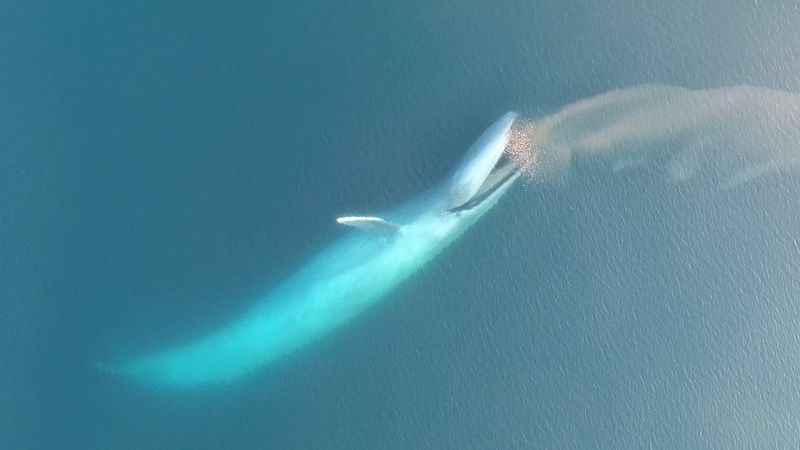
This enormous blue whale consumed around four tons of krill every day. That’s equivalent to about 40 million individual krill, showcasing the whale’s incredible dietary needs. The whale’s baleen plates, acting as a filtration system, were instrumental in this feeding process. By taking in huge gulps of water teeming with krill, the whale efficiently filtered out the tiny crustaceans. This feeding strategy highlights the delicate balance within marine ecosystems and the critical role blue whales play in maintaining it. A fascinating glimpse into the dietary habits of these ocean giants.
Deep Dives
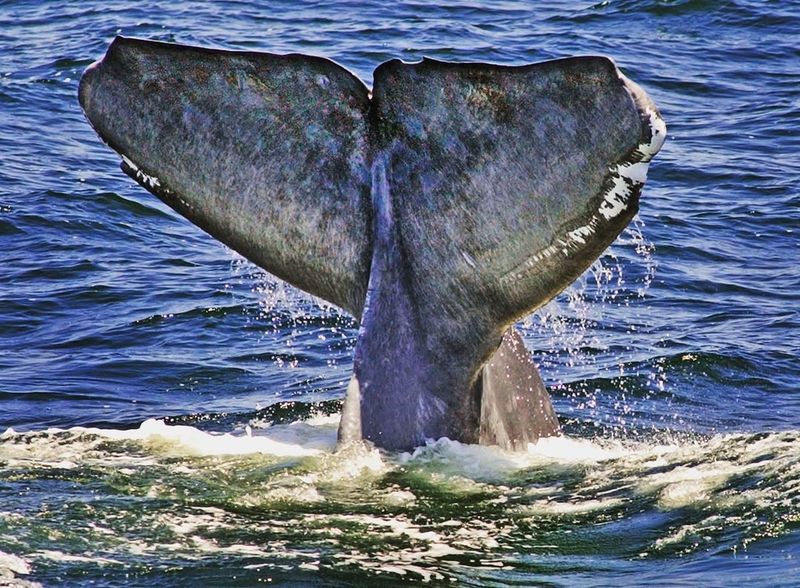
The largest-ever blue whale was known for its remarkable diving capabilities, reaching depths of over 1,000 feet. These deep dives were essential for foraging and exploring nutrient-rich areas. Equipped with powerful flippers and a streamlined body, the whale could stay submerged for up to 30 minutes. This ability to dive and navigate the ocean’s depths is crucial for its survival, allowing it to access food sources and migrate across vast distances. A testament to the whale’s adaptability and mastery of its marine environment. An extraordinary feat of nature.
Migratory Journeys
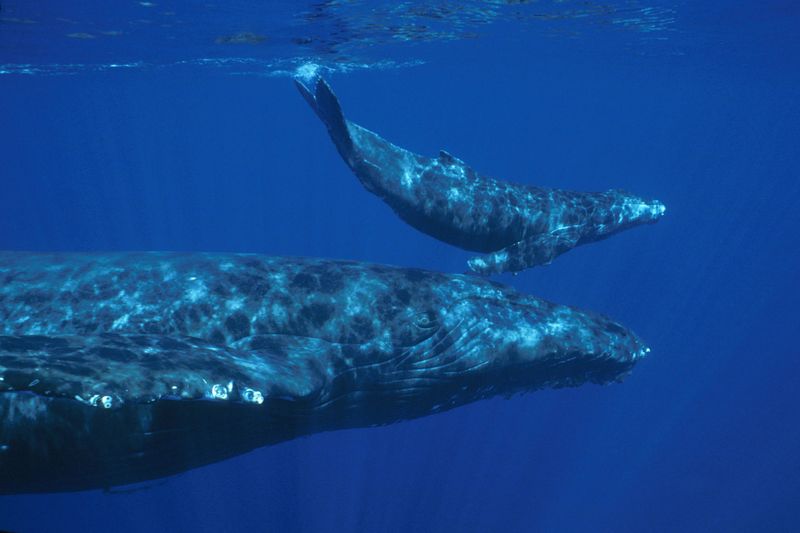
This blue whale embarked on epic migratory journeys, covering thousands of miles across the Pacific Ocean. These migrations were driven by the need to find food and suitable breeding grounds. Navigating through vast oceanic territories, the whale relied on environmental cues and natural instincts. Such long-distance travel showcases the whale’s endurance and adaptability to different marine environments. These migratory patterns are vital for the species’ survival, ensuring genetic diversity and population stability. Understanding these journeys provides insight into the interconnectedness of marine ecosystems and the blue whale’s pivotal role within them.
Unique Vocalizations

The largest blue whale produced unique vocalizations that were among the loudest sounds made by any living creature. These low-frequency calls could travel hundreds of miles underwater, facilitating communication with other whales across vast distances. Each call was distinctive, allowing whales to identify each other and coordinate their social behavior. This ability to communicate over long ranges is crucial for their survival in the expansive ocean. The whale’s vocalizations also played a role in navigation and mating rituals. A remarkable demonstration of the blue whale’s complex social structure and communication skills.
Blowhole Power
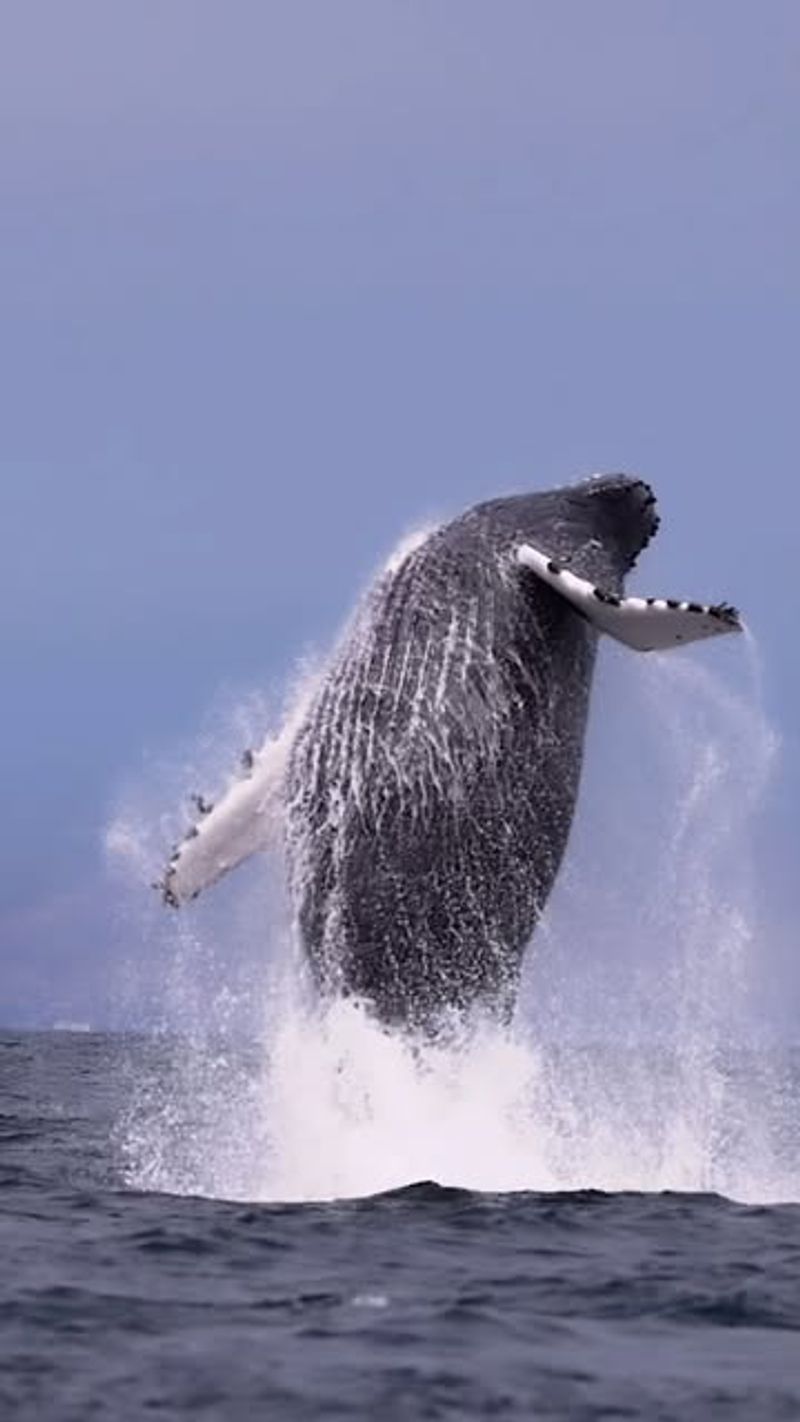
The blowhole of this gigantic blue whale could release a spout of water up to 30 feet into the air. This impressive display of power is a result of the whale’s need to expel air forcefully from its lungs. The blowhole, located on top of the whale’s head, allowed it to breathe efficiently at the ocean’s surface. This adaptation is vital for their survival, ensuring they can maintain oxygen levels during deep dives. Witnessing the force of a blue whale’s blow is a breathtaking experience, underscoring the sheer power and majesty of these marine giants.
Remarkable Longevity
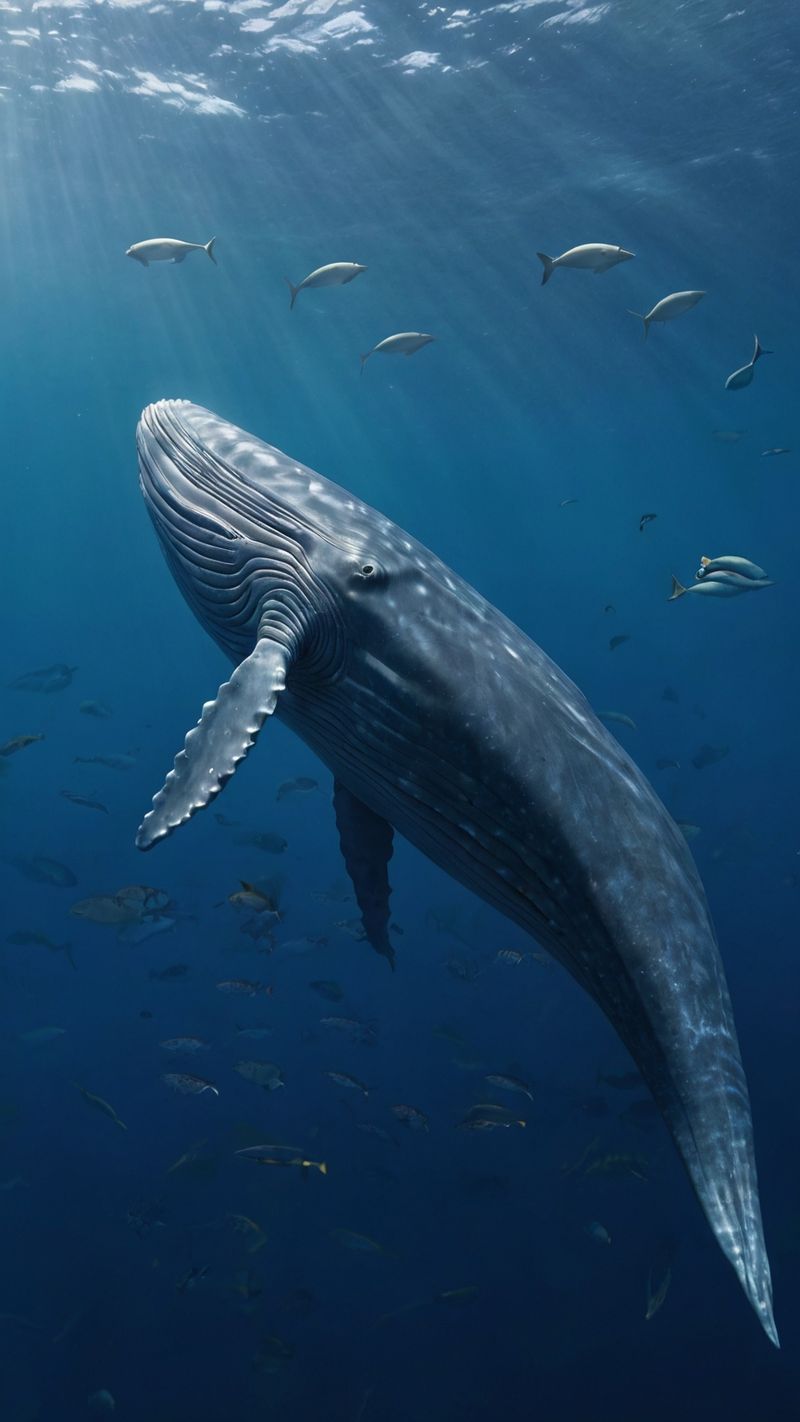
The largest blue whale had a lifespan that could exceed 100 years. This remarkable longevity is attributed to their slow metabolic rate and limited natural predators. Throughout its life, the whale experienced various life stages and migratory patterns. Longevity is essential for the species’ survival, allowing whales to reproduce multiple times and contribute to population stability. Understanding the lifespan and life cycle of blue whales provides valuable insights into their biology and the challenges they face in the modern world. A testament to the resilience and enduring nature of these magnificent creatures.
Thick Blubber
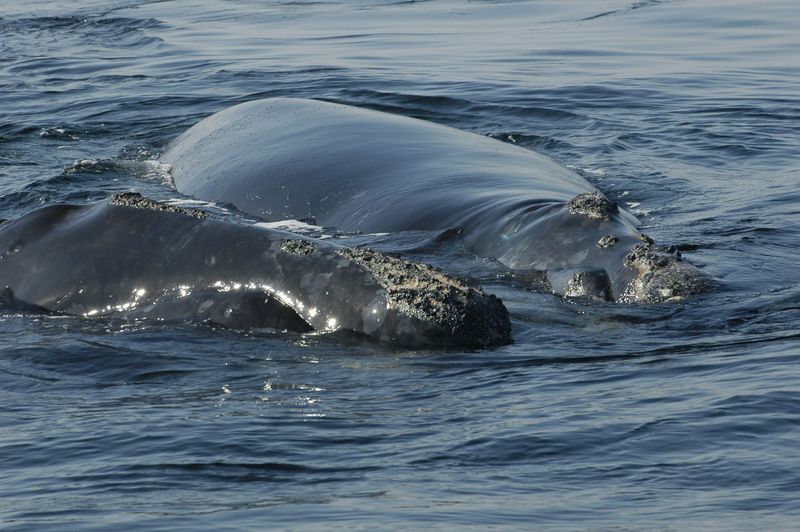
The thick blubber of this blue whale acted as a vital insulator, protecting it from the cold ocean temperatures. This layer of fat could measure up to 12 inches in thickness, providing buoyancy and energy storage. During long migrations and food shortages, the whale relied on this energy reserve to sustain itself. Blubber also played a key role in streamlining the whale’s body, enhancing its swimming efficiency. Understanding the function and importance of blubber is crucial for appreciating how blue whales thrive in their challenging oceanic environment. An evolutionarily significant adaptation for survival.
Social Structures
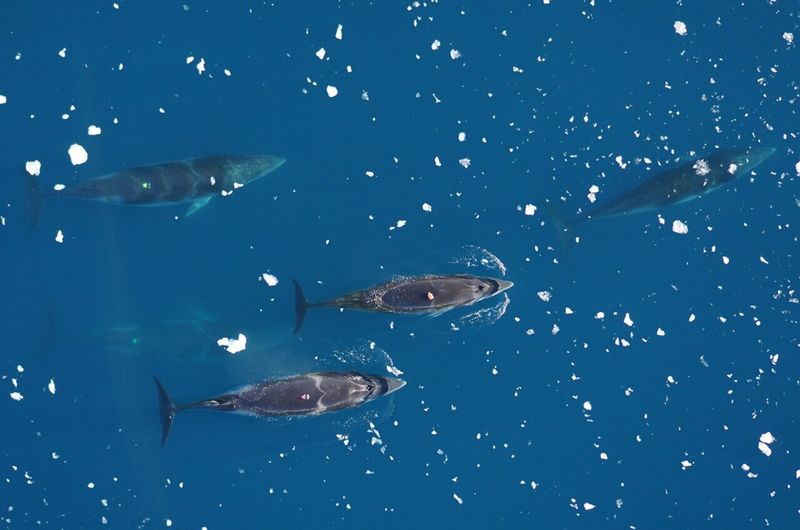
Blue whales, including the largest-ever recorded, exhibited complex social structures and interactions. These gentle giants often traveled alone or in small groups, maintaining loose social bonds. Social interactions were facilitated through vocalizations, body language, and physical contact. These connections were essential for mating, rearing young, and cooperative feeding. The whale’s social behavior underscores the importance of communication and cooperation in their survival. By studying their social structures, researchers gain insights into the intricate lives of these majestic creatures and the challenges they face in a rapidly changing ocean environment.
Predator Avoidance
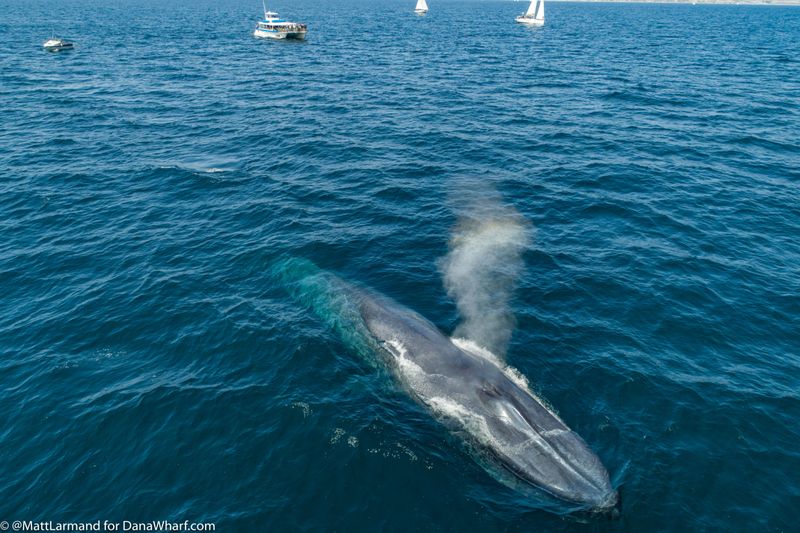
Despite their massive size, blue whales, like the largest recorded, had to be cautious of predators such as orcas and large sharks. They relied on their speed, agility, and deep diving abilities to evade threats. Social behaviors, like traveling in groups, also provided protection against potential dangers. The whale’s intelligence and keen senses were crucial in detecting and avoiding predators. Understanding these predator avoidance strategies offers insight into the survival tactics of blue whales and the broader dynamics of marine ecosystems. A testament to their adaptability and resilience in the wild.
Conservation Challenges
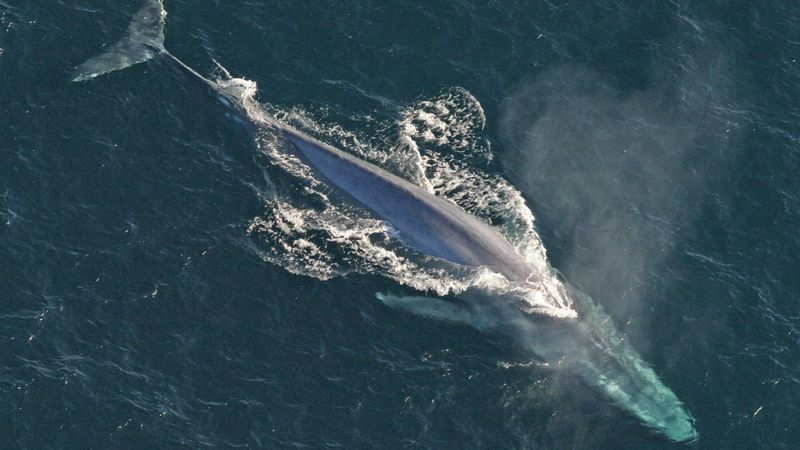
The largest blue whale’s existence highlights significant conservation challenges facing the species today. Threats such as ship strikes, entanglement in fishing gear, and climate change pose severe risks. Efforts to protect these majestic creatures include marine protected areas and international cooperation to reduce human impact. Raising awareness about the importance of preserving blue whales and their habitats is crucial for their survival. By understanding and addressing these challenges, we can work towards ensuring a future where blue whales continue to thrive in the world’s oceans. Their preservation is a reflection of our commitment to marine conservation.

